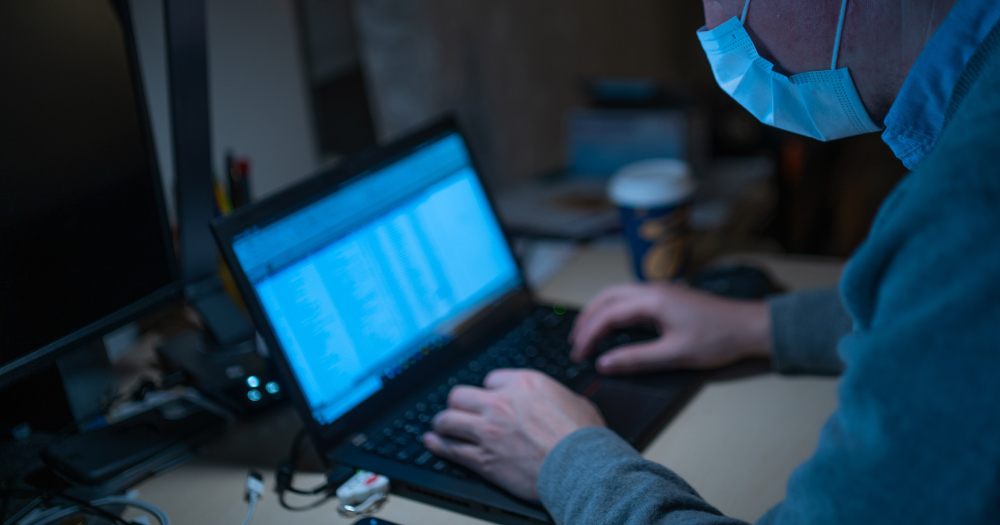Singapore and pretty much the rest of the world is in the throes of Covid-19 spread.
Anyone following the daily coverage of the Covid-19 situation in Singapore might be familiar with the following format of reporting:
Case 244 is an imported case involving a 53-year-old male Singapore Citizen who had been in Germany from Feb. 26 to Feb. 29, Italy from Feb. 29 to Mar. 7, and Switzerland from Mar. 7 to 14 March.
He is currently warded in an isolation room at the National Centre for Infectious Diseases (NCID). He is linked to Case 243.
He reported onset of symptoms on Mar. 7. He presented at the emergency department of Gleneagles Hospital on Mar. 15, and was referred to NCID on the same day.
Subsequent test results confirmed Covid-19 infection on Mar. 16 afternoon.
Prior to hospital admission, he had gone to work at a home office at River Valley Road. He stays at Alexandra Road.
The above lines and others of the same structure were included in the Ministry of Health's (MOH) press releases, which provided a daily update on the number of new Covid-19 cases.
They include information about the patient's whereabouts prior to hospitalisation.
More recently, as the number of cases has increased, press releases by the Ministry of Health have simply included tables which presented similar information, albeit more briefly.
New York Times shookt
However, while Singaporeans might be used to such updates by now, the New York Times has expressed surprise at the level of details included in MOH's updates.
In an article, "As Coronavirus Surveillance Escalates, Personal Privacy Plummets", NYT called MOH's comprehensive press releases "stunning".
"In Singapore, the Ministry of Health has posted information online about each coronavirus patient, often in stunning detail, including their relationships to other patients," the article's authors wrote.
The article also made mention of the government's brand new TraceTogether contact-tracing app, which was unveiled on Mar. 20.
The app — touted as likely the world's first nationwide contact tracing effort via Bluetooth — utilises short-distance Bluetooth signals between mobile phones that have the app installed to estimate the distance between users and the duration of their encounters.
It will be used to identify those who were in close contact with a confirmed Covid-19 case.
However, for civil liberties experts talking to The New York Times, these measures by the Singapore government are part of a worrying trend of authorities raising surveillance.
While used initially to combat the Covid-19 pandemic, experts such as Albert Fox Cahn — the executive director of the Surveillance Technology Oversight Project, a Manhattan-based nonprofit organisation — believe that it could lead to a permanent erosion of privacy.
Government says app is safe
Three days after it's launch, Minister of Foreign Affairs Vivian Balakrishnan announced that TraceTogether had been installed by more than 620,000 people.
Vivian also said that the app was open-sourced so other countries could adopt and adapt it for their contact tracing efforts.
According to MOH and Government Technology Agency (GovTech), the app only needs a user's phone number for verification.
No other personal details, such as the user's name, is collected, wrote a press release.
Logs of the user's encounters are also stored locally on the phone itself in an encrypted form.
Furthermore, TraceTogether will reportedly cease and users will be prompted to disable the app once Covid-19 outbreak is over.
Top photo by Dimitri Karastelev on Unsplash
If you like what you read, follow us on Facebook, Instagram, Twitter and Telegram to get the latest updates.
